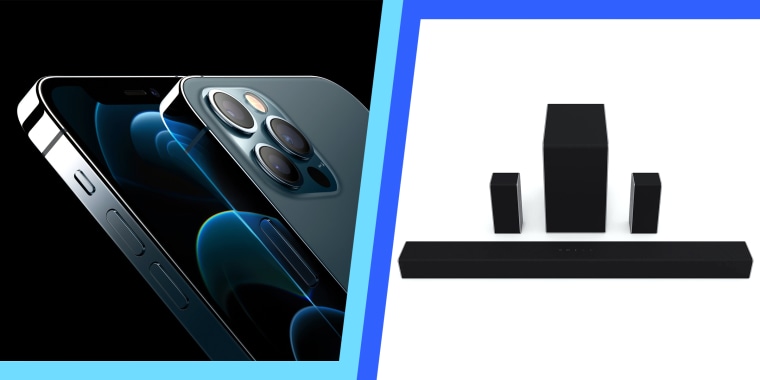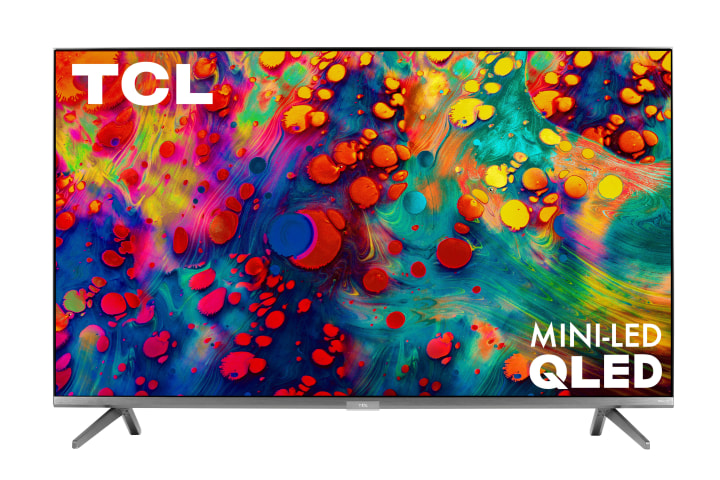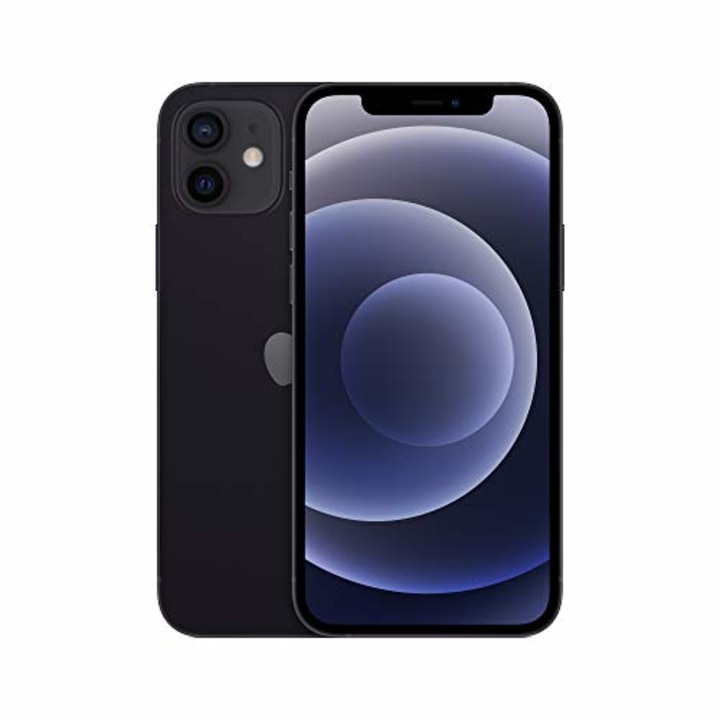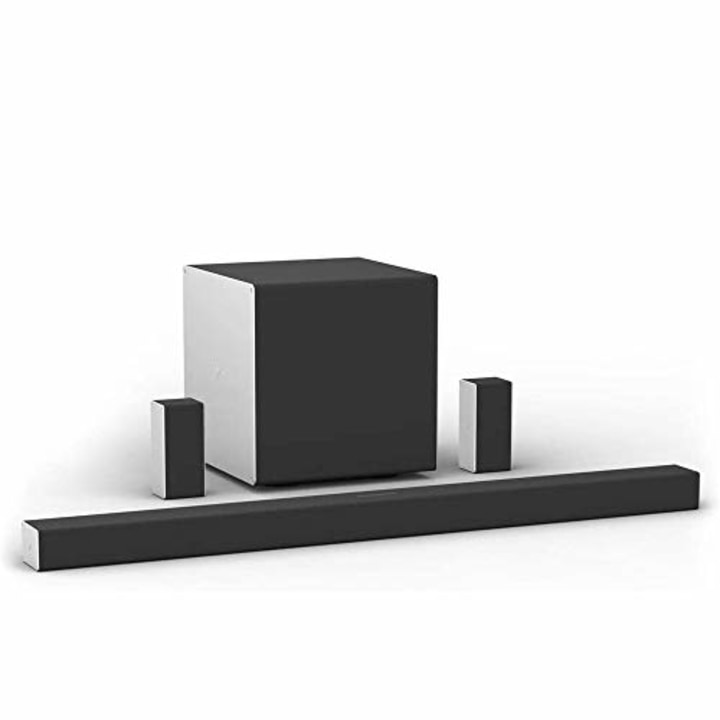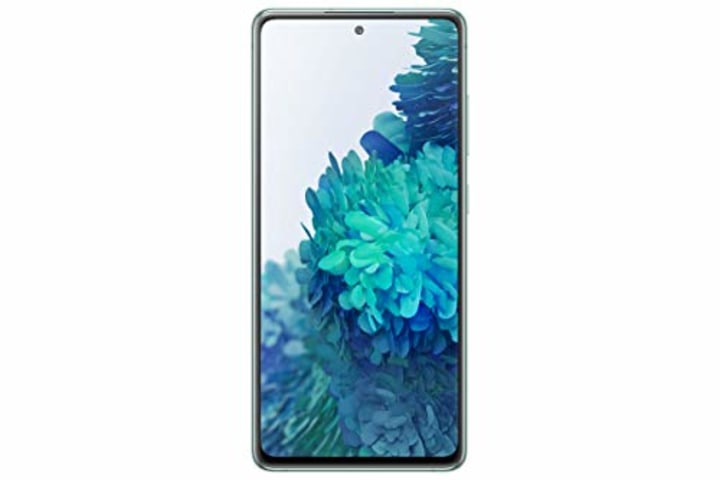You're probably familiar with Dolby and its logo—it's plastered all over half the DVDs and Blu-ray discs in your closet, not to mention shown on-screen every time you (used to) go to the movies. But lately, the company has been infiltrating new corners of your tech life, from soundbars and laptops with Dolby Atmos to TVs and the latest iPhone 12 with Dolby Vision. If you're feeling a little lost amid the jumble of marketing terms and tech talk around Dolby, sit down and relax — here's what you need to know about what Dolby's bringing to the table and how that can and should inform your shopping.
Dolby Vision: HDR video that pops off the screen
Not long after 4K TVs hit the scene, another and more exciting technology started appearing on living room screens: High Dynamic Range (HDR for short). HDR allows for brighter highlights, even in otherwise dark scenes, which — coupled with a wider gamut of colors — creates an image that really "pops" compared DVDs and Blu-rays of old delivered. You can read more about HDR and why it's awesome in our TV buying guide, but suffice to say, if you can watch a movie or show in HDR, you should.
While the baseline HDR format (known as "HDR10") looks great, Dolby's own standard offers some improvements. Your TV at home isn't as capable as the professional monitors used in the studios so your TV needs to adapt the movie's bright highlights to match its own capabilities. Without getting too technical, Dolby Vision allows the movie creator to fine tune how that happens on a scene-by-scene or even frame-by-frame basis, rather than applying the same constraints to an entire movie. It's a subtle improvement over typical HDR, but one worth having — and you'll find Dolby Vision on some UHD Blu-rays as well as streaming services like Netflix, Amazon Prime, and Disney+. Though, if you want to see Dolby Vision truly shine, grab a 4K Blu-ray like the remastered version of The Matrix.
To best explain how Dolby Vision and Dolby Atmos function in the real world and with relation to tech you might be shopping for, we put together different devices below to demonstrate how each makes use of Dolby’s technologies.
TCL 6-Series 4K QLED Roku Smart TV
Dolby Vision is baked into plenty of TVs these days, even budget and midrange sets like the TCL 6-series. With local dimming for deep blacks, a high peak brightness to make those highlights pop, and quantum dot tech for stunning colors, Netflix will look better than ever before. You'll also find Dolby Vision on higher-end sets like the Sony X950H and LG CX OLED.
Apple iPhone 12
Apple's latest iPhone 12 lineup not only has a Dolby Vision-capable display — so you can watch HDR-quality movies and shows on-the-go — but the cameras can shoot video in Dolby Vision, meaning your home movies will look better than ever (provided you watch them on an HDR-capable screen like your TV). While it isn't the first phone with a Dolby Vision-capable screen, Apple claims it's the first to both shoot and display Dolby Vision video, which is a big step forward.
Some TVs, like those from Samsung, offer a similar format to Dolby Vision called HDR10+. It's a more open standard, but it isn't available on as many Blu-rays and streaming services as Dolby Vision. Both will fall back to regular HDR10 if your TV, streaming box, or Blu-ray player doesn't support the higher-end format baked into a given movie.
Dolby Atmos: The best surround sound you can get today
When you think of Dolby, you probably think home theater audio — which makes sense, since Dolby has had a hand in movie theater audio since the 70s. Many of the DVDs on your shelf probably use Dolby Digital to deliver that 5.1 surround sound mix. If 4K and HDR are the latest improvements in video tech, Dolby Atmos is the latest evolution of cinema sound.
Unlike traditional surround sound formats, which use discrete tracks — this track plays out of the front left speaker, this track plays out of the rear left speaker, and so on — Dolby Atmos uses what's called "Object-Based Audio," allowing the film's creators to put the sound in a 3D space encoded on the disc. That way, each sound can be sent to whichever speakers are appropriate for that specific setup — from a movie theater with 60 speakers to a home theater with seven. Perhaps most exciting for home users, it also adds the ability to use overhead channels, so when a plane takes off, you don't just hear it pass behind you — you hear it whiz above your head.
That's provided the movie in question has a Dolby Atmos soundtrack: the iTunes version of Gravity has Atmos, for example, but the normal Blu-ray doesn't — trust me, you definitely want to watch that movie with overhead effects.
VIZIO 46-Inch 5.1.4 Premium Home Theater Sound System
While the best Dolby Atmos system uses dedicated speakers around and above you, a good soundbar system can do a pretty decent job of recreating that experience in a simpler setup. Vizio's 5.1.4 system uses up-firing drivers in the soundbar and satellite speakers to give you those overhead sounds without the need to install ceiling speakers. Put on Pacific Rim and feel your walls tremble.
Samsung Galaxy S20 FE 5G Unlocked Smartphone
Some phones and laptops also come with the Dolby Atmos badge, including Samsung's latest S20 Fan Edition — but mobile gadgets obviously aren't giving you a full surround sound experience with overhead effects. Instead, that Atmos badge means you'll hear some virtualized surround effects when watching Atmos-enabled movies on headphones, or what Dolby would call extra "immersive" sound from your music. Some people will like it, some people prefer it off — flip it on and see what you think.
Catch up on Select's in-depth coverage of personal finance, tech and tools, wellness and more, and follow us on Facebook, Instagram and Twitter to stay up to date.
